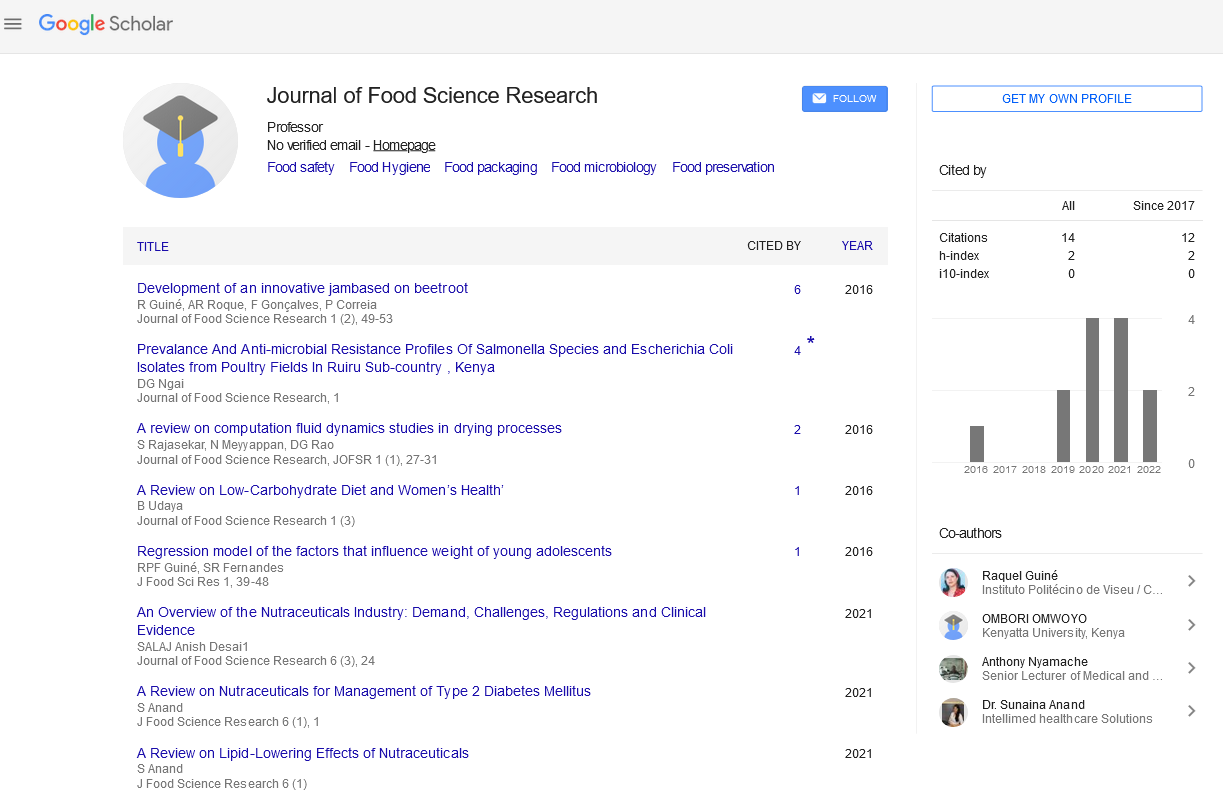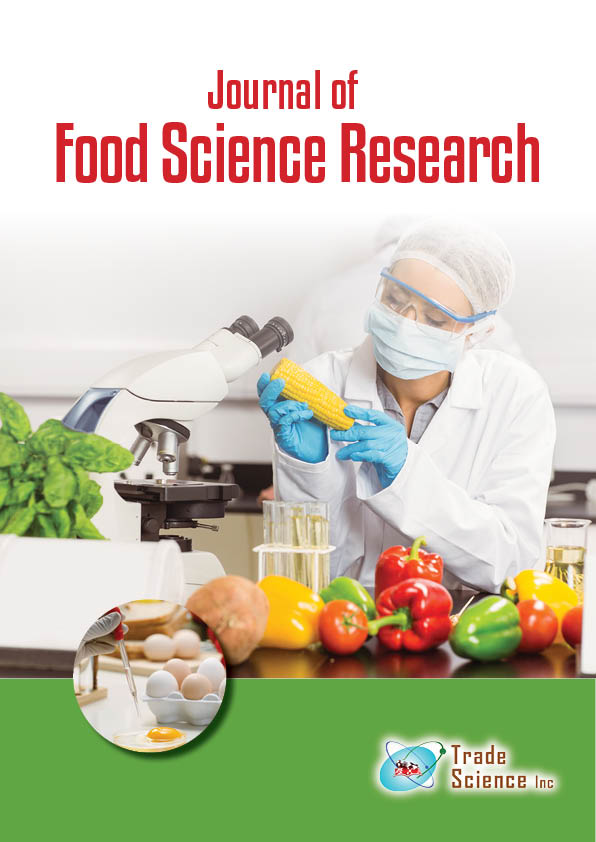Short communication
, Volume: 6( 4)Food safety systems for identifying critical limits at critical control points in food manufacturing: On reducing risk of contamination in food products
Introduction: Uncertainties in parameters of critical control points are major sources of contaminants in food products and establishing critical limits at control points to meet food safety and business objectives is a challenge and an important task for food manufacturers and the food industry. The study is aimed at designing multi-objective deterministic and probabilistic optimization systems, to obtain near-optimal critical limits at critical control points of food processing operations that will help prevent the risk of foodborne illness while keeping manufacturing cost as low as possible. With a hypothetical case study, we demonstrate how the systems can be used to obtain critical limits at process operations units of an integrated food manufacturing system and their impacts on of key performance indicators - contaminant concentration and manufacturing cost. By defining reliability as the likelihood that the optimization system will fail to meet desired level of key performance indicators – concentration of contaminant in the manufactured food product and manufacturing cost, reliability analyses were conducted to assess system performance using random parameters of critical control points. Results suggest that target concentration of contaminant, desired level of system reliability and the number of uncertain parameters of critical control points that are included in design affects both performance indicators. By restricting the fluctuation of uncertain parameters, low processing cost at higher reliability can be achieved. Result also show that contaminant concentration and its deviation are less in the probabilistic designed system. The demonstrated optimization approaches helped in evaluating the trade-off between reliability and economic benefit. The paper discusses the implication of both system designs and gave recommendation for future work. The study would contribute and provide insight into development of food safety system for other researchers in agriculture and food industries.
Abstract
Uncertainties in parameters of critical control points are major sources of contaminants in food products and establishing critical limits at control points to meet food safety and business objectives is a challenge and an important task for food manufacturers and the food industry. The study is aimed at designing multi-objective deterministic and probabilistic optimization systems, to obtain near-optimal critical limits at critical control points of food processing operations that will help prevent the risk of foodborne illness while keeping manufacturing cost as low as possible. With a hypothetical case study, we demonstrate how the systems can be used to obtain critical limits at process operations units of an integrated food manufacturing system and their impacts on of key performance indicators - contaminant concentration and manufacturing cost. By defining reliability as the likelihood that the optimization system will fail to meet desired level of key performance indicators – concentration of contaminant in the manufactured food product and manufacturing cost, reliability analyses were conducted to assess system performance using random parameters of critical control points. Results suggest that target concentration of contaminant, desired level of system reliability and the number of uncertain parameters of critical control points that are included in design affects both performance indicators. By restricting the fluctuation of uncertain parameters, low processing cost at higher reliability can be achieved. Result also show that contaminant concentration and its deviation are less in the probabilistic designed system. The demonstrated optimization approaches helped in evaluating the trade-off between reliability and economic benefit. The paper discusses the implication of both system designs and gave recommendation for future work. The study would contribute and provide insight into development of food safety system for other researchers in agriculture and food industries.

